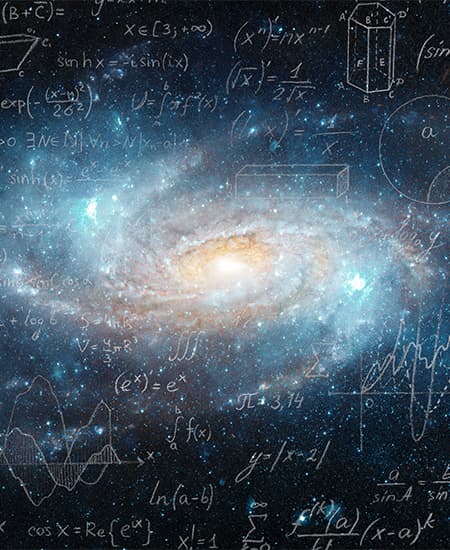Neutrinos from Type-II Supernovae
Neutrinos are weakly interacting fermions that interact via weak interactions. According to the Standard Model (SM), neutrinos are strictly massless. However, the neutrino oscillation phenomenon confirmed experimentally in 1998, implies that they must have tiny non-zero masses. This was the first experimental proof that the SM is an incomplete theory; therefore, going beyond the SM is mandatory to explain this issue and other issues like the nature of dark matter, matter-antimatter asymmetry, etc.Neutrinos detected on earth have many sources. The most significant sources of astrophysical neutrinos are supernovae; they can emit quantities of neutrinos up to the 1058th order as their cores collapse. Because these neutrinos originate in the star’s core, a more detailed understanding of the collapse and explosion mechanisms can be obtained by detecting and analyzing these neutrinos. This would also allow us to further understand neutrino flavor oscillations in matter of varying density. In February 1987, Supernova 1987A was first detected as a burst of neutrinos in neutrino detectors approximately 2 to 3 hours before the visible light of the SN reached the earth. A total of 25 neutrino events were detected that supported the theoretical supernova collapse models, which integrate neutrino emission as the radiation that carries away 99% of the explosion’s energy. The relationship between neutrinos and supernovae and their coexisting core collapse mechanism is an exciting open problem studying which will lead to an expanded understanding of bothresearch topics.

